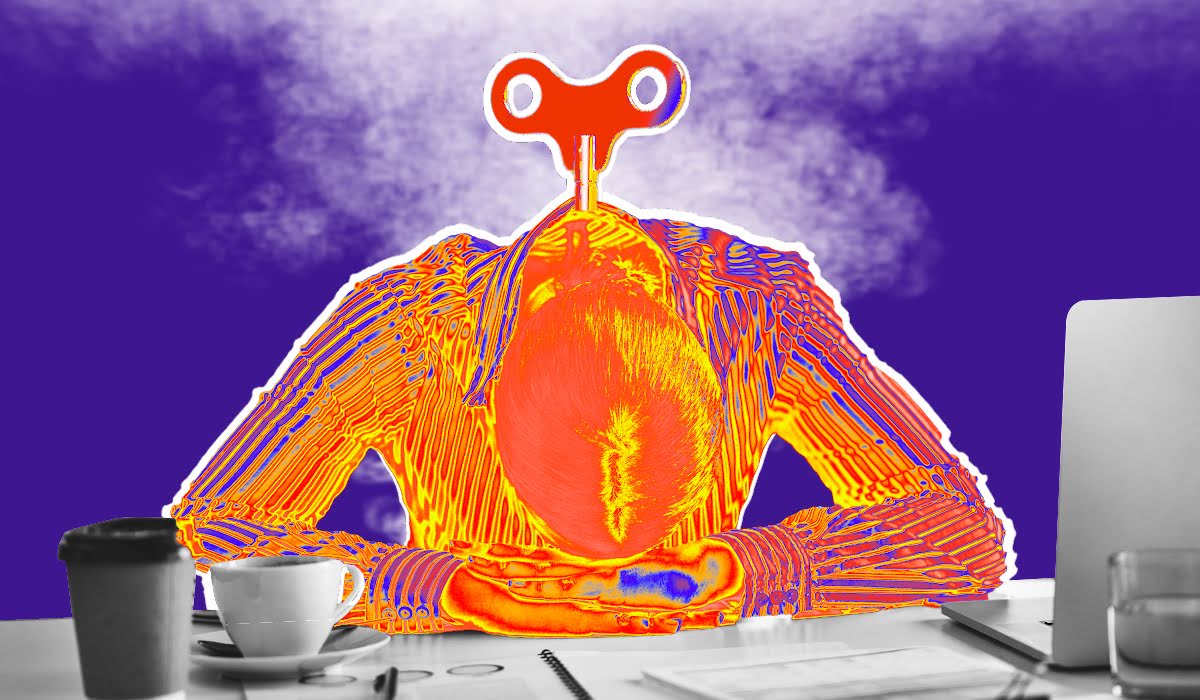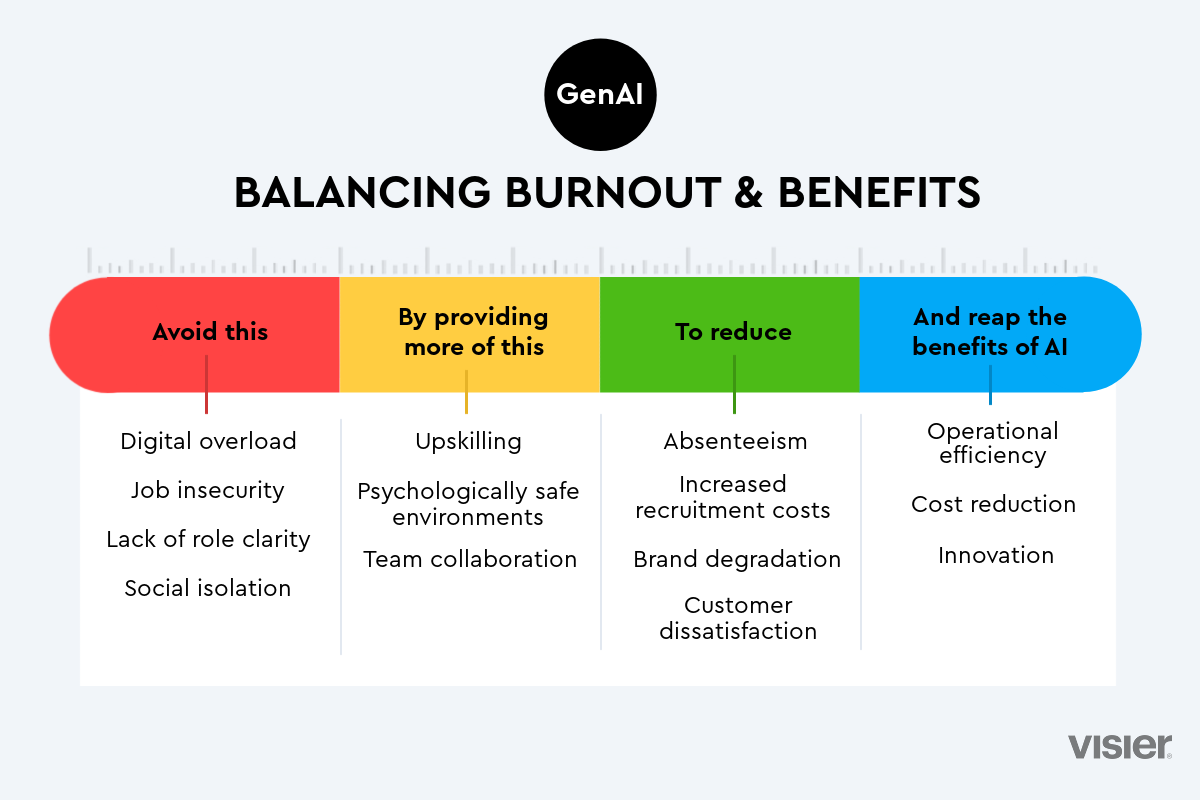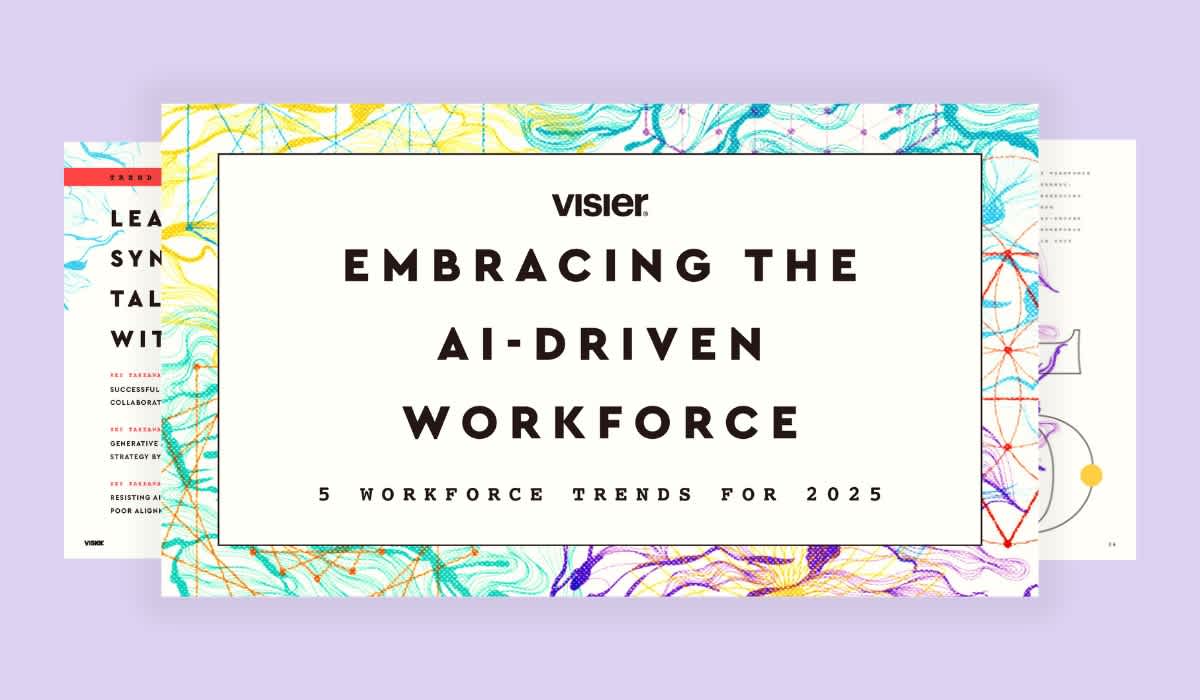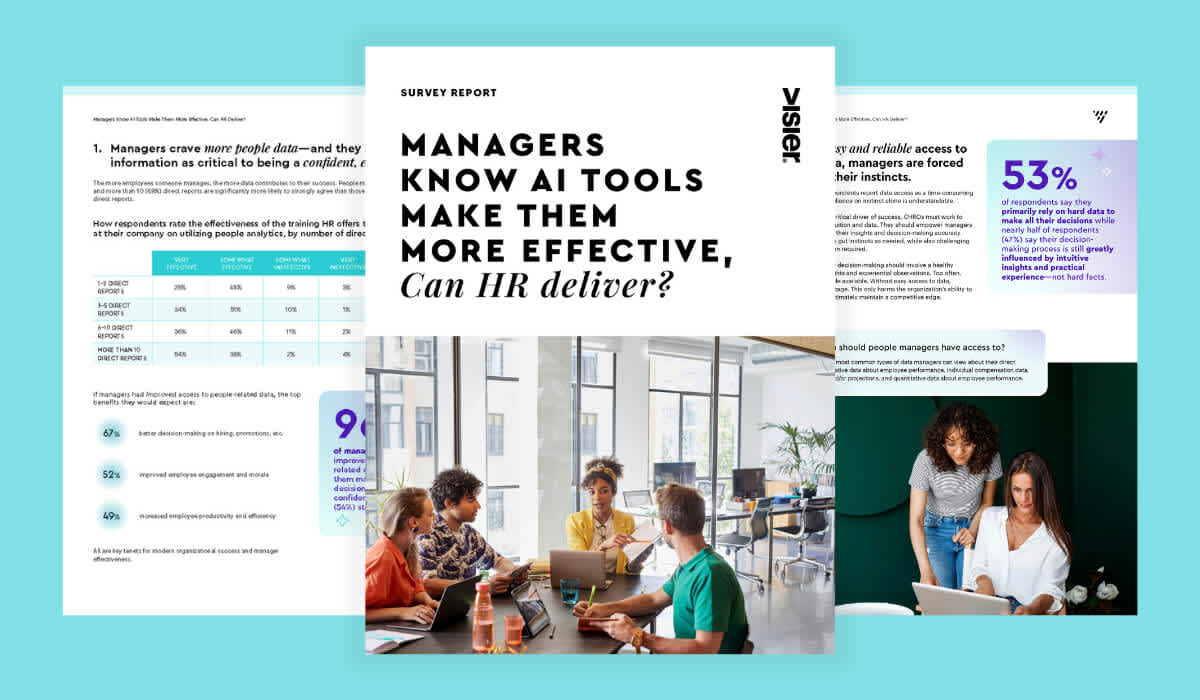Is AI Exhaustion the New Burnout?
AI promises to increase productivity and free up worker time by handling easy tasks, but experts caution there's a burnout risk, too. Learn the signs and how to mitigate costly burnout with a data-driven approach.

The idea of a four-day workweek existed long before people started using ChatGPT to quickly develop drafts, brainstorm ideas, and write code. But a shortened work week has become more feasible in the minds of many economists and academics thanks to the promise of an AI-driven productivity revolution.
In April 2023, for example, a Nobel Prize-winning economist made headlines when he stated that AI could enable people to devote less time to work and more time to leisure activities.
Others aren’t so convinced. As Elizabeth M. Renieris, a lawyer and researcher who focuses on the human rights implications of technology argues, history paints a very different picture in terms of how technology impacts human labor. Smartphones, laptops, and ubiquitous Internet access have helped many workers become more productive, but have also made people reachable by their managers and colleagues 24/7.
“The easier our labor becomes, the more of it we can do, and the more of it we’ll be expected to do,” writes Charlie Warzel in his Atlantic piece about AI’s impact on workers. As one expert interviewed by the BBC stated, AI “is an accelerator button that we can push, and companies can just keep pushing it.”
With the right approach to incorporating generative AI into work, employers can ensure people are set up to experience AI as an advantage—and not a plague waiting to happen.
Indeed, new technology often leads to new norms and heightened expectations. But there are also countervailing pressures to consider.
Labor shortages could incentivize employers to shorten the workweek as a perk to attract more people in a tight market. Many governments are also exploring the benefits of shorter workweeks and considering laws that will encourage companies to have their people work less.
So here’s the bottom line: Humanity isn’t destined to experience a life of AI-supported leisure (or AI-driven doom for that matter). Management practices—along with labor market dynamics, government policies, and individual characteristics—will play a crucial role in determining whether AI will relieve or create excessive workloads.
How AI can lead to burnout
Addressing technology-induced overwork is critical for individuals and employers because always being on the clock can lead to burnout. According to the World Health Organization, burnout is “a syndrome conceptualized as resulting from chronic workplace stress that has not been successfully managed.”
Its effects are huge. Burnout leads to disengagement, turnover, and increased healthcare costs. Gallup research shows that absenteeism due to poor mental health costs the US economy $47.6 billion annually in lost productivity.
But overwork is only one dimension of burnout that employers, policymakers, and individuals need to consider in the age of AI. Even if tools like ChatGPT usher in shorter workweeks, the digital overload will be so overwhelming that people will need a day of rest to reset, according to the ESG team at Jefferies, an investment bank.
Shifting lower-level tasks to an AI can come with advantages, but it can also mean more people are (to borrow an expression from the healthcare profession) practicing at the top of their license. This is the experience of doing work doing the highest level of work for which one is trained.
But, what if our brains actually need to perform the admin or rote tasks, which are being increasingly performed by AI, as a break from high-focus work? This is a real concern, experts say, and the potential impacts don’t stop there.
3 ways AI can contribute to burnout
Job insecurity: 24% of workers are worried AI will take away their jobs, according to a CNBC/SurveyMonkey Workforce Survey. (Concerns are higher among workers of color, younger individuals, and people with lower salaries.) All of these worries can take their toll: a study of hospitality industry workers in China revealed that anxiety about AI-driven job losses increases the likelihood of burnout.
Lack of role clarity: According to Gallup, lack of role clarity is one of the five main causes of burnout, and the introduction of generative AI could make it more difficult for teams to know what is expected of them in terms of responsibilities and performance. Should I be producing documents faster now? Am I expected to close more or different types of deals? Workers will need answers to these questions, and management might not know how to address them.
Social isolation: For some workers, chatbots are like eager coworkers who are always available to answer questions. But spending more time bouncing ideas off of an AI system and less time in face-to-face communication with colleagues could lead to feelings of isolation or detachment from a team or project. A study from Simon Fraser University found that loneliness and lack of social support were leading contributors of burnout.
Clearly, when generative AI is used within a laissez-faire culture that does not prioritize people, it can create stressors that eventually lead to major issues for people and the business.

The role of work cultures
But there is also reason for optimism. A Visier survey reveals that while employees hold conflicting views about whether AI will alleviate burnout, most employees are using generative AI tools to some extent and reaping the benefits.
According to a study of service industry workers who use AI, “incorporating AI in the workplace can generate stress and affect human well-being but can also be a motivational factor instead of a concern.” The study also found that “employee engagement plays an essential role in mediating the relationship.”
Clearly, the decisions that employers make about their people can foster better working conditions, and this can go a long way toward mitigating the impacts of AI-generated burnout. Upskilling can help alleviate job anxieties, psychologically safe environments can promote open discussions about performance expectations, and smart approaches to team collaboration can strengthen interpersonal bonds.

By focusing on employee well-being, organizations not only create a more engaged and satisfied workforce but also reduce costs related to absenteeism and recruitment, strengthen their brand, and enhance customer satisfaction.
It can also mean that leaders can capitalize on the business benefits of using AI, which include improved operational efficiency, enhanced decision-making through data analysis, cost reduction, and the potential for innovative product and service offerings.
Mitigate AI burnout with a data-informed approach
When it comes to warding off AI-driven exhaustion, there is no playbook for business leaders to follow. The ways in which the technology impacts workers will vary from organization to organization. There is also much more to learn about how specific phenomena, like the tendency to lend human qualities to AI systems (anthropomorphization), will have an impact on the human psyche.
The key is to monitor employee well-being and catch problems early on. By gaining a fact-based picture of employee burnout with analysis of resignations, employee cases, pulse surveys, and absence data, leaders can gain a holistic understanding of burnout's presence, enabling informed interventions and strategies for cultivating a healthier work environment.
Workplace culture plays a pivotal role in influencing the impact of technology within an organization. The way employees, leaders, and the overall environment interact with and adapt can significantly shape its effects. With the right approach to incorporating generative AI into work, employers can ensure people are set up to experience AI as an advantage —and not a plague waiting to happen.



